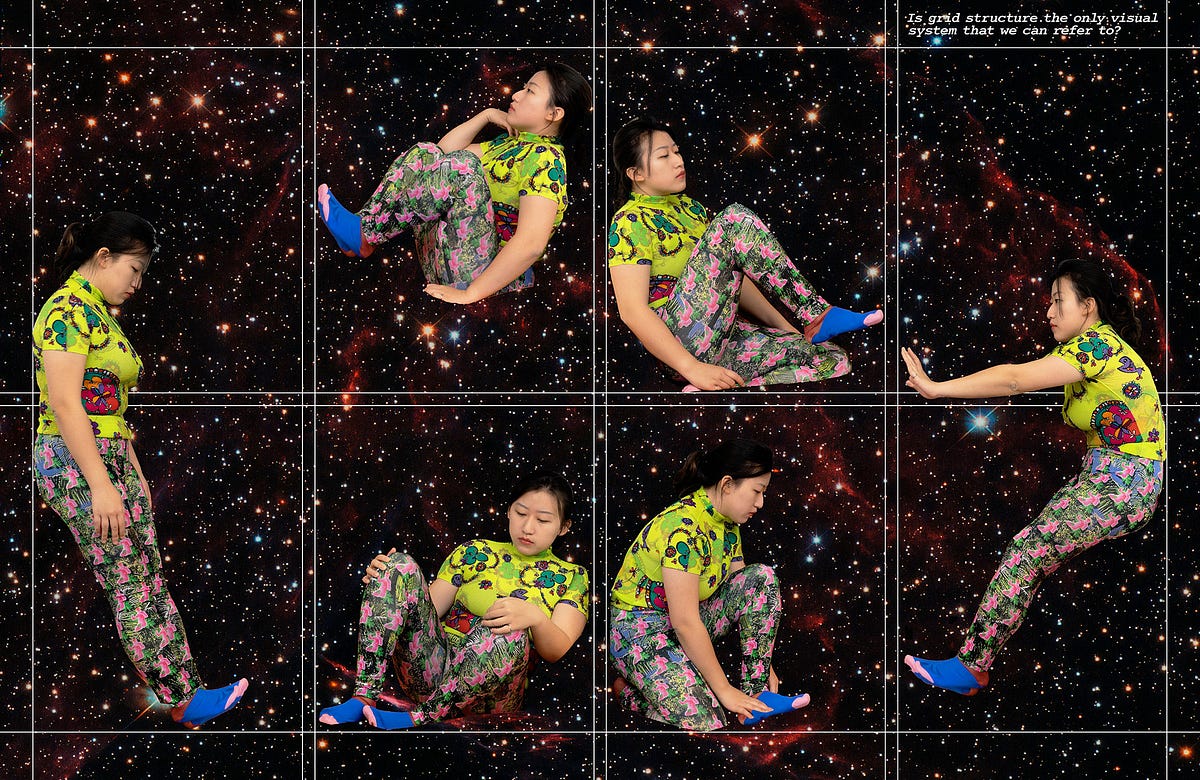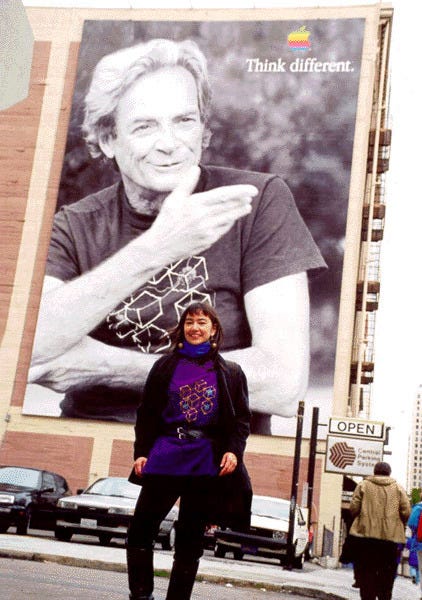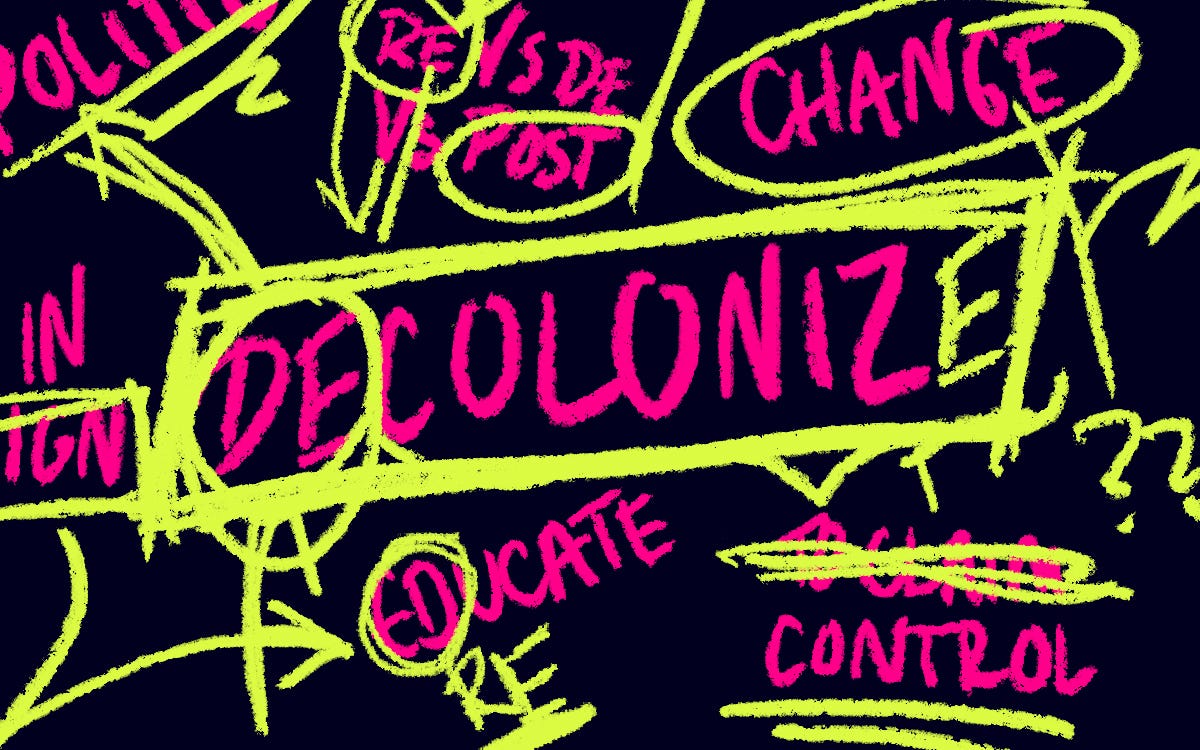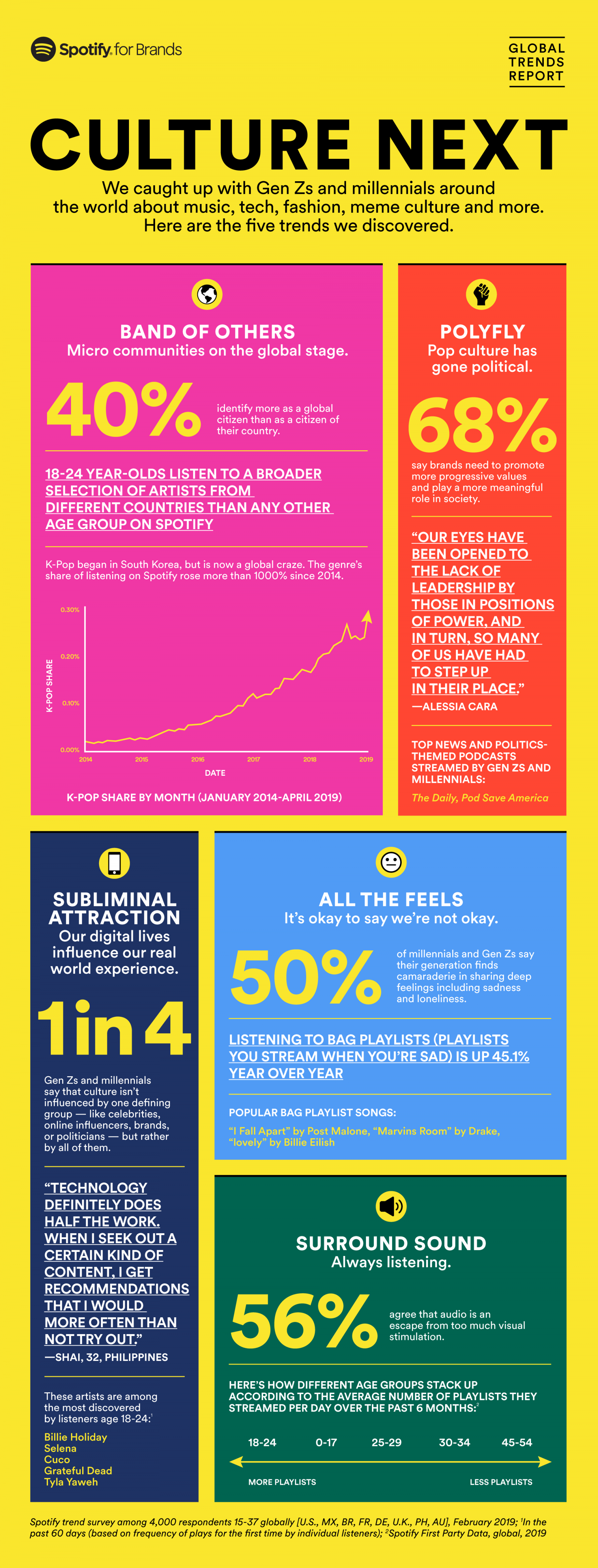trends
Walmart is using AI to Detect Checkout Theft in 1,000 stores
It’s very interesting to witness how surveillance capitalism rolls-out. Facial recognition and CCTV are popping up here and there. When the biggest companies roll it out for efficiency, we don’t actually bat an eyelash. Walmart is also ushering in shelf-scanning and floor scrubbing robots in other stores. Meanwhile, those pesky AIs are getting into everything. So smile, you’re on candid camera. Walmart is using AI-powered cameras to prevent theft (and shrinkage) at checkout lanes.
Source: Medium
Millennials Are Increasingly Skeptical of Businesses Motives and Impact On Society
The relationship between younger generations and businesses goes deeper than general disdain and distrust. Millennials said they start and stop relationships with companies based on the companies’ positive or negative impacts on society. For example, 42% of respondents said they have started/deepened business relationships if they perceive the company has products that positively impact the environment/society. And 38% said they stopped/lessened those relationships if a business has products/services that negatively impact the environment/society. Similarly, 36% have said that they started/deepened a relationship because of a company’s ethical behavior, and 37% said they would stop/lessen because of its ethical behavior.
Source: eMarketer
Black Female Gamers Are Claiming Their Space at Last
Black women are among the least represented demographic in the $135 billion global gaming industry. They suffer from a double disadvantage — of race and gender. Only 1 percent of gaming industry professionals identify as African or African American, according to the latest International Game Developers Association Satisfaction Survey. Women of any race make up only 27 percent of the industry. It’s little surprise, then, that none of the world’s 20 top-earning female gamers are Black. But an emerging generation of millennial women of color is now beginning to carve out space for others like themselves. They’re building a network of support organizations that never existed before, aimed at facilitating, encouraging and training aspiring female gamers of color to reach new heights in the industry.
Source: OZY
Welcome to the K-12 Surveillance State

Arguably more troubling than the collection of student data is where that data is stored and who has access to it. As Education Week reported in May, Florida lawmakers are planning to introduce a statewide database “that would combine individuals’ educational, criminal-justice and social-service records with their social media data, then share it all with law enforcement.” Such a database is likely to reveal sensitive information like which students were bullied or harassed, because of a protected characteristic like their sexual orientation, according to Amelia Vance, who directs the Education Privacy Project. All this information, once compiled, could be exposed through data breaches , sent to child data brokers or misclassified, which could lead to outing students or wrongly identifying innocent students as threats.
Source: The New York Times
Tech giants like Google and Microsoft are battling to become the Netflix of gaming

Every major tech company, from Apple to Amazon to Google, is trying to create a “Netflix of gaming” service. The idea is simple: Stream high-quality games to any device, regardless of how much processing power that device has. The potential for such a service is massive, but there are major technical hurdles to overcome — from latency to bandwidth caps to slow internet speeds. The CEO in charge of Take-Two Interactive, the publisher of “Grand Theft Auto” and “NBA 2K,” spoke to those hurdles and his own skepticism with video game streaming in an interview with Business Insider earlier this month.
Source: Business Insider
How Cutting-Edge Tech Is Empowering Ancient Archaeology

Where once archeologists excavating ancient ruins had little more than oral texts, haphazard plans, and aerial photographs to guide them, an archeological revolution has been under way over the last 15 years — and technology is almost entirely responsible. When a sprawling Mayan megalopolis was uncovered in northern Guatemala in February 2018, archeologists used a low-flying aircraft equipped with a lidar camera (light detection and ranging) that allowed researchers to see through dense jungle canopy. They located some 61,000 ancient structures hidden deep beneath the soil, then plotted them onto a virtual 3D environment. No digging necessary — and definitely no dynamite.
Source: OneZero
Facebook’s libra has staggering potential – state control of money could end

The UN recognises 180 currencies worldwide as legal tender, all of them issued by nation states. It does not recognise cryptocurrencies like bitcoin in this way, even if communities of enthusiasts have been treating them as a means of exchange for over a decade now. Yet the latest addition to this group, Facebook’s libra, threatens to do something that no other cryptocurrencies have come close to achieving: the state monopoly over the control and issuance of money is now under serious threat. Facebook boasts over half the world population as active monthly users: 2.2 billion on Facebook, 0.8 billion on Instagram and 0.7 billion on WhatsApp. Combined with the fact that 1.7 billion adults worldwide have no bank accounts, a project like this is the perfect petri dish in which to create a truly global currency.
Source: The Conversation
How the Green New Deal could transform Big Tech

As the United States begins the transition to a carbon neutral economy, it’s vital that the biggest technology companies—Apple, Google, Amazon, Facebook, and Microsoft—lead the way. The “big five” of tech command a significant portion of the economy. The International Monetary Fund estimates their collective worth at $3.5 trillion, more than the GDP of the United Kingdom. What’s more: Their products, hardware, cloud networks, and internet infrastructure touch nearly every industry and every individual. Of all the industries in the U.S., tech’s reach is perhaps the more difficult to conceptualize, but also the broadest. What happens in the technology industry today radiates out into nearly every corner of the economy. Which is why, for the Green New Deal to take root in the U.S., Big Tech needs to be involved. These major companies have both the capacity for innovation, the economic resources, and the political clout to precipitate the shifts laid out in the Green New Deal framework. Will they decide to take the lead?
Source: Wired
Flight of the RoboBee

Going back to the time of Leonardo da Vinci, animal flight has inspired human enquiry, and we have sought to emulate nature by building machines that attempt to fly using flapping wings. In a paper in Nature, Jafferis et al. report a key step towards the emulation of insect flight with what they claim to be the lightest insect-scale aerial vehicle so far to have achieved sustained, untethered flight. Apart from the aesthetic joy of mimicking nature, flapping-wing robots have several potential advantages over the fixed-wing drones and quadcopters (four-rotor helicopters) that have become so popular in commercial and recreational applications. Flapping wings make animals and machines highly agile and manoeuvrable — for example, bats can fly with ease through basements, caves and dense forests. Moreover, flapping wings typically move with lower tip speeds than do propellers, and are therefore quieter and inflict less damage if they come into contact with people or property.
Source: Nature
The next frontier for sneakerheads is trying on shoes virtually
Startups in the AR space see a bright future for bringing retail experiences into the home, but there haven’t been a ton of convincing examples of companies carrying out this vision effectively. Wannaby is using AR to help sneaker heads visualize their next purchase by letting them try on the shoes virtually. The company launched its own app Wanna Kicks earlier this year where users can “try on” high quality 3D models from Nike, Adidas, Allbirds and others. The startup just launched a partnership with Gucci this morning to help consumers try on shoes inside the luxury brand’s dedicated app.
Source: TechCrunch
How the people who built Slack use it without going bonkers

If there’s one technology that embodies the unreasonable demands of the always-on work culture that pervades so many companies today, it’s Slack. The group-chat app can make users feel tethered to their devices, often at the expense of doing more important tasks. Over 10 million people log on to Slack every day. Slack’s own employees, of course, use Slack—they use it a lot. And if distraction is caused by technology, then they should surely suffer the consequences. Surprisingly, according to media reports and Slack employees I spoke with, the company doesn’t have that problem.
Source: Fast Company
What Does ‘Posthuman Design’ Actually Mean?

According to design educator Anastasiia Raina, it’s not too early to begin considering what the roles of designers might be in a future where tasks like layout and production are completely automated. What would “human-centered design” mean in a future where our client-partners are robots, or even non-human lifeforms?
This is a question Raina poses in her new undergraduate course at RISD titled Design in the Posthuman Age. The curriculum follows the lines of inquiry generated by designers and futurists before her — theorists like Cyborg Manifesto’s Donna Haraway or Dunne & Raby, authors of Speculative Everything. To Raina, Posthuman Design is not so much an aesthetic as a design methodology with roots in Postmodernism.
Source: AIGA Eye on Design – Medium
The Female Supercomputer Designer Who Inspired Steve Jobs

It started with a T-shirt.
The product designer and mechanical engineer Tamiko Thiel was working for the Cambridge, Massachusetts, company Thinking Machines. She and her colleagues were building a supercomputer that proposed a radical new concept. Instead of using one giant processor to crunch large amounts of data, they were going to use thousands of processors that would tackle little parts of the data-crunching one by one. It was the early 1980s, and Thinking Machines was trying to build an artificially intelligent machine based on the human brain. As the project’s lead designer, Thiel was charged with the question: What should this new kind of technology look like?
Source: Fast Company
What Does It Mean to Decolonize Design?

The work designers make is inspired by taste, and taste is often derived from what we’re exposed to during our upbringing. But design values and history is taught through a canon; that accepted pantheon of work by predominantly European and American male designers that sets the basis for what is deemed “good” or “bad.” The authority of the canon has undermined the work produced by non-Western cultures and those from poorer backgrounds so that Ghanaian textiles, for example, get cast as craft rather than design. Classifying traditional craft as different from modern design deems the histories and practices of design from many cultures inferior. We should aim to eliminate the false distinctions between craft and design, in order to recognize all culturally important forms of making. Design thinking rhetoric is similarly exclusive: To frame design thinking as a progressive narrative of global salvation ignores alternative ways of knowing.
Source: AIGA Eye on Design – Medium
How Tech Redefined the Experience of Culture
Video games and social media require human users to enter into a procedural loop known as flow
While there are no universals in media culture today, there are many qualities worth exploring, because they are shared by many communities or because they are compelling remediations of the age of modernism. One of these is procedurality. Popular modernist writers today claim that this is the essence of the computer: its procedures (algorithms, programs) allow it to interact with other machines and human users in increasingly complex and creative ways. Video games and social media are procedural: they require human users to enter into a procedural loop that both constrains and empowers them. Procedurality is itself the latest version of mechanization, which has been a key condition of society and the economy since the Industrial Revolution. While modernism was vitally concerned with the cultural meaning of mechanical and power technologies in the 20th century, today’s media culture is exploring how far procedurality and simulation can penetrate into and redefine creative expression as well as our politics and everyday lives.
Source: Medium, OneZero
Google Chrome has become surveillance software. It’s time to switch.
Our latest privacy experiment found Chrome ushered more than 11,000 tracker cookies into our browser — in a single week. Here’s why Firefox is better.
Source: The Washington Post
The Classical Music Market: Streaming’s Next Genre?
Classical music has long been viewed by many as a rarified genre that stands apart from other forms of music. While there is clearly something in that, something new is happening to the classical market: streaming is opening up a new, more diverse base of fans. Many of these are finding new entry points to classical music, such as hearing piano concertos on Relaxing Piano playlists. These new audiences bring with them new expectations about what classical music listening should be like and they present a major new opportunity for the classical market.
Source: Music Industry Blog
Everything You Wanted to Know About Gen Z (But Were Afraid to Ask)

Think you know Generation Z? We wanted to set aside trite stereotypes about the streaming generation—yes, plenty of them have in fact seen or even own a record player—and truly get to know them on a global scale. So we commissioned our Culture Next Trends report, in partnership with research agency Culture Co-Op. We found an empowered, multinational, cross-cultural, socially aware, and informed group of 15- to 24-year-olds who speak their minds.
Source: Spotify
The Future Of Mobile Web Design: Video Game Design And Storytelling
As attention spans shorten and visitors just want to get to the good stuff on a website, designers have to get more creative in how they communicate their website’s “story.”
Source: Smashing Magazine
Facebook announces Libra cryptocurrency: All you need to know
Facebook has finally revealed the details of its cryptocurrency, Libra, which will let you buy things or send money to people with nearly zero fees. You’ll pseudonymously buy or cash out your Libra online or at local exchange points like grocery stores, and spend it using interoperable third-party wallet apps or Facebook’s own Calibra wallet that will be built into WhatsApp, Messenger and its own app. Today Facebook released its white paper explaining Libra and its testnet for working out the kinks of its blockchain system before a public launch in the first half of 2020.
Source: TechCrunch

